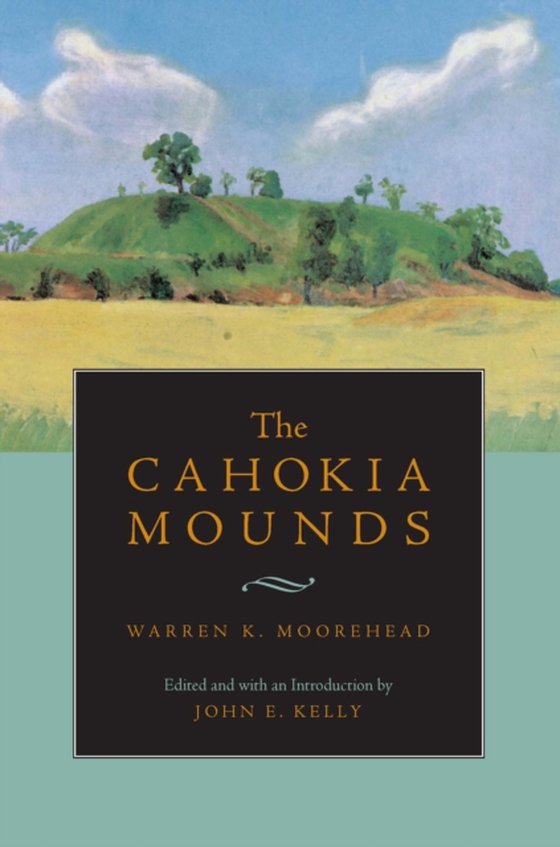
Cahokia Mounds e-bog
436,85 DKK
(inkl. moms 546,06 DKK)
A Dan Josselyn Memorial PublicationProvides a comprehensive collection of Moorehead's investigations of the nation's largest prehistoric mound centerCovering almost fourteen square kilometers in Illinois, Cahokia Mounds State Historic Site is the largest prehistoric mound center in North America and has been designated a World Heritage Site by the United Nations. Built between A.D. 1050 and 135...
E-bog
436,85 DKK
Forlag
University Alabama Press
Udgivet
11 maj 2010
Længde
456 sider
Genrer
1KBBNC
Sprog
English
Format
epub
Beskyttelse
LCP
ISBN
9780817384142
A Dan Josselyn Memorial PublicationProvides a comprehensive collection of Moorehead's investigations of the nation's largest prehistoric mound centerCovering almost fourteen square kilometers in Illinois, Cahokia Mounds State Historic Site is the largest prehistoric mound center in North America and has been designated a World Heritage Site by the United Nations. Built between A.D. 1050 and 1350, Cahokia originally contained the remains of over 100 earthen mounds that were used as places for Native American rituals, homes of chiefs, or elite tombs. Earlier scientists debated whether the mounds were part of the natural landscape, and many were destroyed by urban and industrial developmentThis book is a report of archaeological investigations conducted at Cahokia from 1921 to 1927 by Warren K. Moorehead, who confirmed that the mounds were built by indigenous peoples and who worked to assure preservation of the site. The volume includes Moorehead's final 1929 report along with portions of two preliminary reports, covering both Cahokia and several surrounding mound groups.John Kelly's introduction to the book sets Moorehead's investigations in the context of other work conducted at Cahokia prior to the 1920s and afterwards. Kelly reviews Moorehead's work, which employed 19th-century excavation techniques combined with contemporary analytical methods, and explains how Moorehead contended with local social and political pressures.Moorehead's work represented important excavations at a time when little other similar work was being done in the Midwest. The reissue of his findings gives us a glimpse into an important archaeological effort and helps us better appreciate the prehistoric legacy that he helped preserve.
 Dansk
Dansk

